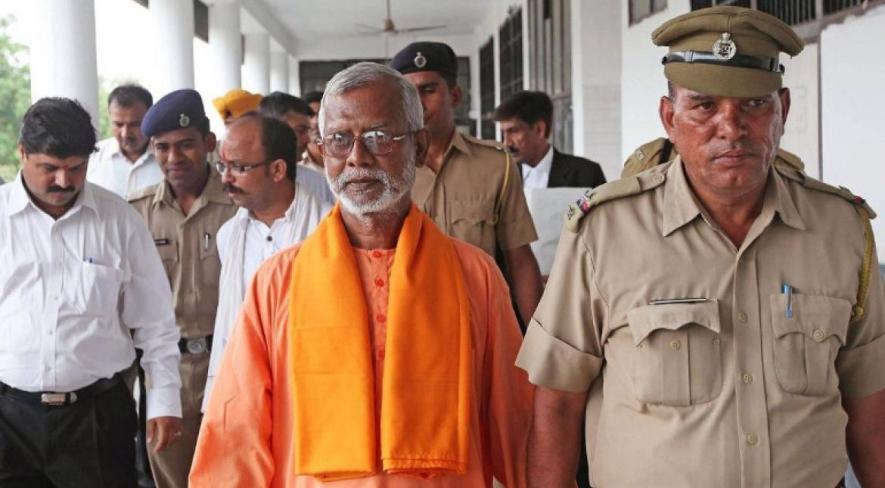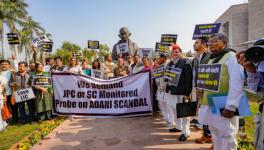Too Many Coincidences in the Mecca Masjid Acquittal

Image Courtesy: WION News
In an interesting twist, a special NIA trial court acquitted five accused in the 2007 Mecca Masjid blast case on Monday. The acquittal was a result of the lack of evidence. To make the matter further questionable, the sitting Judge tendered his resignation hours after the acquittal. Speculations are rife following the Judge’s resignation, which may or may not have been connected to the verdict he delivered. However, according to some reports, he was allegedly facing an inquiry in a case of corruption.
Seizing the opportunity to score points against the Congress, BJP has begun to harp on the acquittal. However, an acquittal is not an admission of innocence, especially, when it has been delivered due to lack of the evidence. It should be noted that one of the acquitted has been convicted in the Ajmer blasts case a year ago.
The Mecca Masjid blast was a part of a series of blasts that were purportedly carried out with an intent to target the Muslims in India. The sequence began with the Malegaon blasts in 2006. Four explosions took place outside a mosque in Malegaon, Maharashtra, killing 38 people. In 2007, the Samjhauta Express (running between New Delhi and Lahore) was rocked by IEDs, killing 68 people. A few months later, it was the Mecca Masjid blast in Hyderabad that claimed nine lives. Later in the same year, a dargah in Ajmer was attacked again with IEDs. Three people were killed in the blast. Before the end of 2007, one of the accused in the blasts, Sunil Joshi was murdered. Then in 2008, twin blasts struck Malegaon again and Modasa in Gujarat, in which eight people were killed – bringing the total number of deaths to 127, including the murdered accused Sunil Joshi.
As far as these cases go, the trial in the first Malegaon blasts is yet to begin. The trial in the Samjhauta blasts case has commenced. The Ajmer Dargah case has seen seven accused acquitted and two convicted with life imprisonment. The case of Sunil Joshi’s murder resulted in eight people being acquitted, including Pragya Singh Thakur. In the second Malegaon blasts case, the NIA dropped the charges against Pragya Singh Thakur; however, the special court is yet to decide on it. The Modasa blast case has been closed by the NIA, citing lack of evidence.
A detailed explainer from The Wire clearly spelt out the nexus between all the accused in the cases. Ironically, Sunil Joshi, the murdered accused, was the point-man. According to Aseemanand’s confession in 2010, Sunil Joshi had agreed to be the main coordinator, issuing directions for procuring bomb-making materials, SIM cards, weapons, and false ID documents. The idea was that for each module in the plan, people involved were not supposed to know what the others were doing or where they were. Therefore, the plan could still proceed, even if they were caught or decided to turn themselves in. The plan, according to the Caravan, was hatched soon after a blast occurred in Varanasi in March 2006. This conspiracy against the Muslims, allegedly, had received the blessings of senior leaders from the RSS, among other affiliated organisations.
Aseemanand’s confession to the Magistrate was seen as the glaring evidence needed to clinch the prosecution in all the cases. However, he retracted his statement in 2011, stating that he had done so under coercion. With his retraction and Sunil Joshi’s murder, the links to the conspiracy had been severed. However, two people linked with three of the cases have been absconding, Sandeep Dange and Ramchandra Kalsangra have been named by the NIA in the chargesheets for the 2008 Malegaon blast, the Mecca Masjid blast and the Ajmer Dargah blast. Their arrest may help in reviving the links. On the other hand, they might also be dead.
Lack of evidence, however, seems to be a trend in these cases. In the 2008 Malegaon blasts case, the special public prosecutor (SPP), Rohini Salian allegedly was instructed not to obtain favourable Orders for the NIA. In short, she was instructed to botch the case. She subsequently requested that she be relieved of her duties as the SPP. Considering that the NIA has dropped the charges against Pragya Singh Thakur in the 2008 case, it is not too hard to imagine that the prosecution in the Mecca Masjid case too came under pressure. It has been reported that out of 226 witnesses in the Mecca Masjid case, 66 turned hostile.
The fact that special Judge resigned soon after delivering the verdict, and that the number of hostile witnesses was as high as 66, makes it difficult to take the verdict without a pinch of salt. There have been several occasions, of late, when coincidence has resulted in surprising acquittals, such as in the 2G scam cases. However, hopefully as it did in the 2G cases, the government should appeal against the acquittal.
Get the latest reports & analysis with people's perspective on Protests, movements & deep analytical videos, discussions of the current affairs in your Telegram app. Subscribe to NewsClick's Telegram channel & get Real-Time updates on stories, as they get published on our website.























